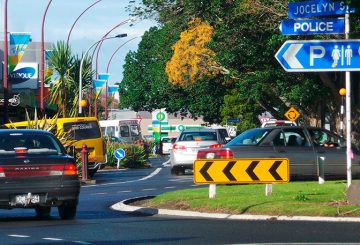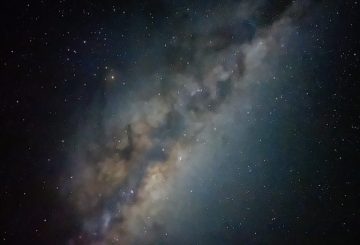Kilala si Stu Willoughby sa kanyang pagmamahal sa paglalaro ng mga bagpipe. Madalas siyang tumutugtog ng mga kanta tulad ng ‘Amazing Grace’ o ‘Scotland the Brave’ sa kanyang bagpipe ni L.G.Lawrie. Naaalala ng kanyang asawa na si Val na nagmamarsa pataas at pababa sa pasilyo, naglalaro ng kanyang mga bagpipe. Ang tunog ng kanyang musika ay mapupuno sa kanilang bahay at magiging gumagalaw sa buong kanilang kapitbahayan sa Tirinui Crest Rd, sa kahabaan ng Cherrywood Ridge.
Namatay si Stu noong Nobyembre. Ang kanyang mga bagpipe ay inilagay sa pamamagitan ng kanyang kasket sa isang pagdiriwang ng kanyang buhay sa Elms Chapel. Si Lance Torrington, isang kaibigan ni Stu, ay naglaro ng ‘My Home’ sa mga bagpipe ni Stu habang naglilingkod. Ang awit na ito ay isang malungkot na piraso na nagpapahiwatig ng isang tunay na espiritu ng Scot na palaging bumabalik sa bahay, kahit saan sila namatay.
Ang mga bagpipe ni Stu ay higit sa 100 taong gulang at nasa mahusay na kondisyon. Ang mga ito ay gawa mula sa ebony, isang jet black woodwood, na may mga ivoryal na ferrules mula sa panahon nang ligal na hinani ang mga tusks ng elepante. Ang chanter ay pinalamutian ng kumplikadong ukit ng pilak. Ang mga bagpipe, na pinangalanang ngayon na ‘Stewart Pipes’ pagkatapos ni Stu, ay may parehong kasaysayan at sentimental na halaga. May mga plano na ipakita ang mga ito sa bagong museo ng Tauranga at i-play sila sa mga espesyal na okasyon tulad ng Anzac Day.
Ang kwento ng ‘Stewart Pipes’ ay nagsimula sa ama ni Stu, si Stanley ‘Mick’ Willoughby, na isang 1928 All Black. Hiniling ni Mick sa kanyang tiyahin na si Annabella Stewart sa Scotland na makakuha ng isang hanay ng mga bagpipe bilang tanda ng kanyang pamana. Ang mga bagpipe na ito sa kalaunan ay naging ni Stu.
Matapos ang pagkamatay ni Stu, ang mga bagpipe ay binago ni Lance Torrington, isang pipe major kasama ang Lungsod ng Tauranga Pipe Band. Nagkaroon ng pagkakataong marinig ni Stu ang mga na-update na bagpipe sa huling pagkakataon bago siya namatay. Naglaro ni Lance ang ‘Skye Boat Song’ sa rest home ni Stu, ang Bethlehem Views.
Si Stu ay isang minamahal na pigura sa Tauranga, na kilala sa kanyang pagmamahal sa musika, palakasan, at sa kanyang pamilya. Ang kanyang mga bagpipe ay patuloy na naglilingkod bilang isang patotoo sa kanyang buhay at pagmamahal sa kanyang pamana ng Scottish.






























































